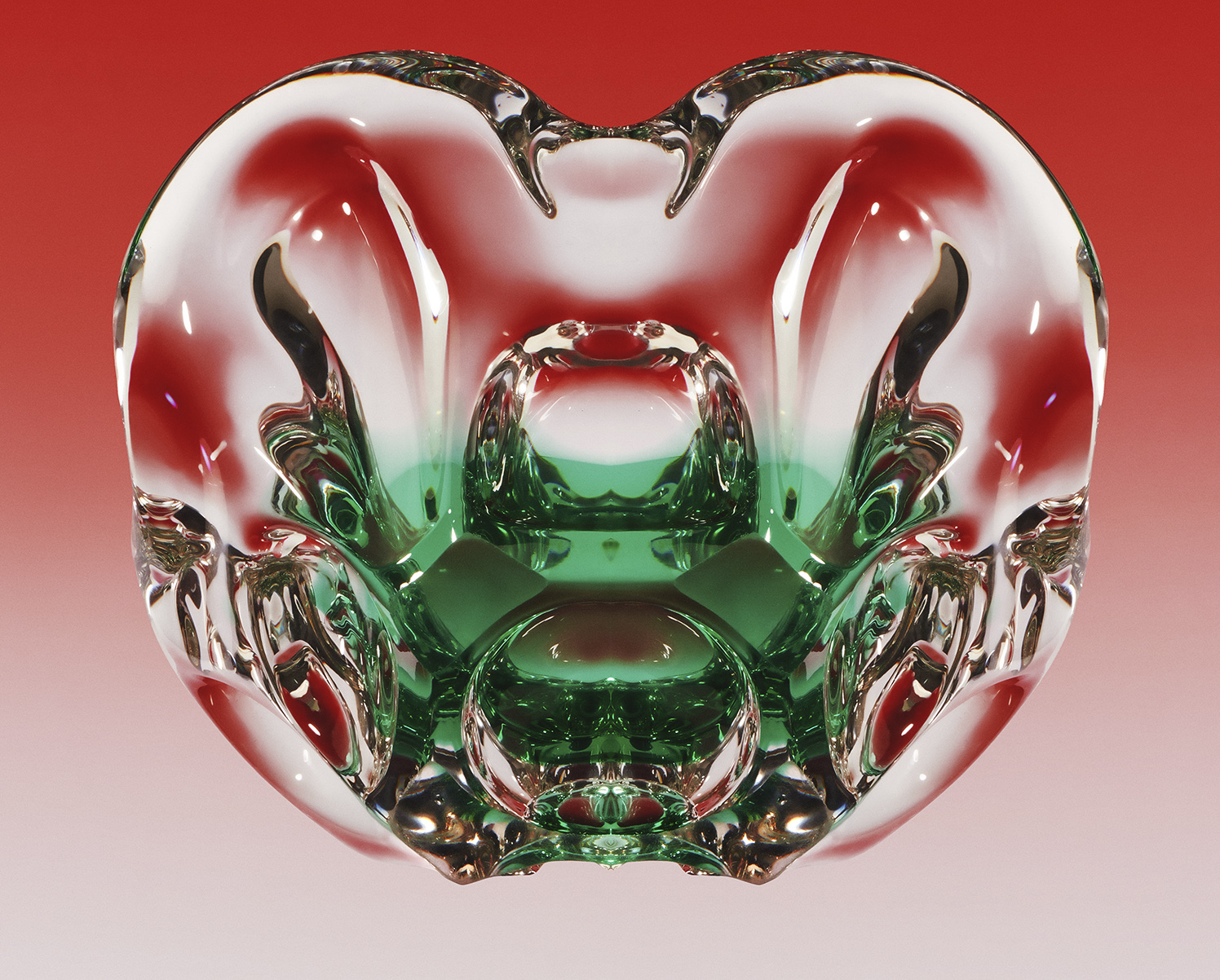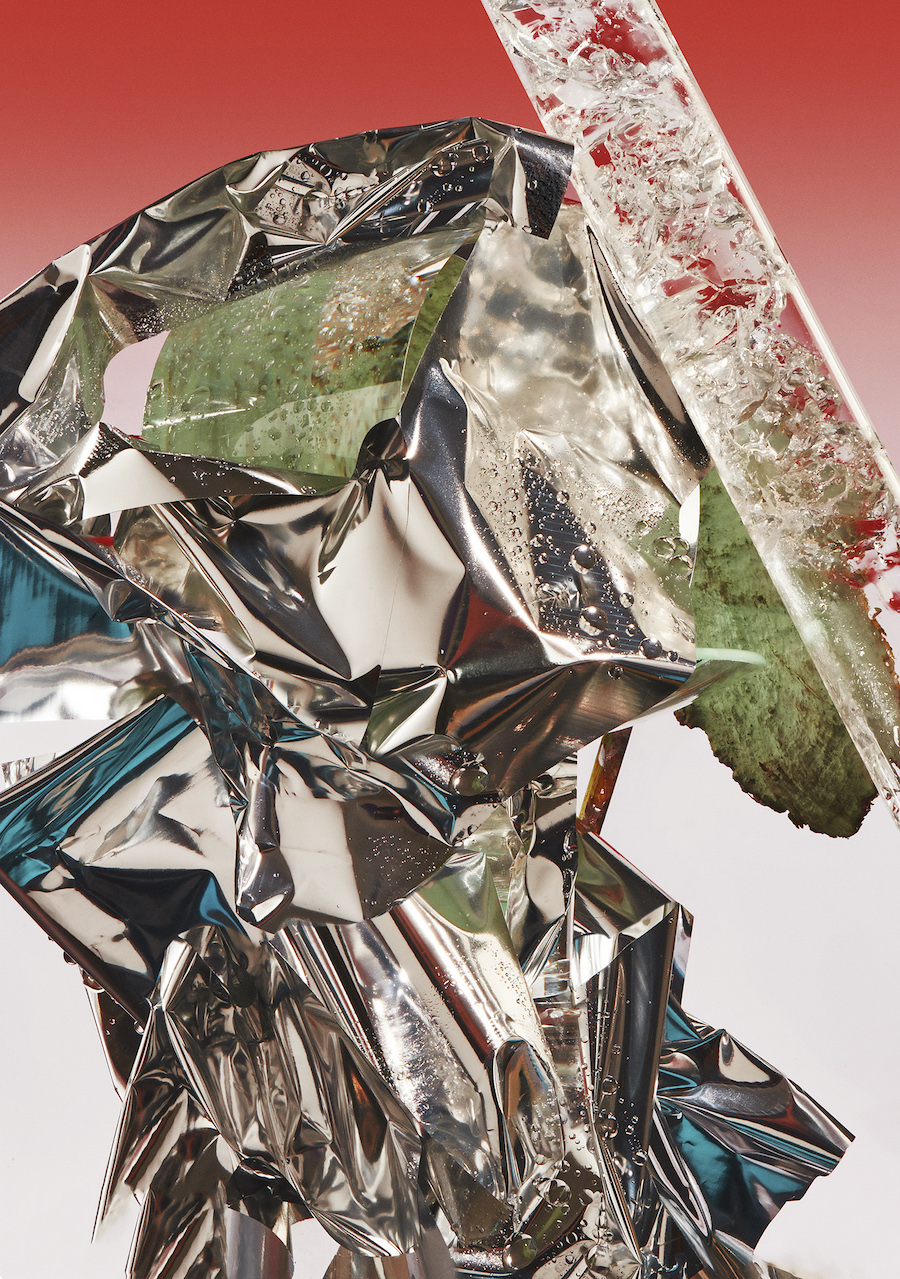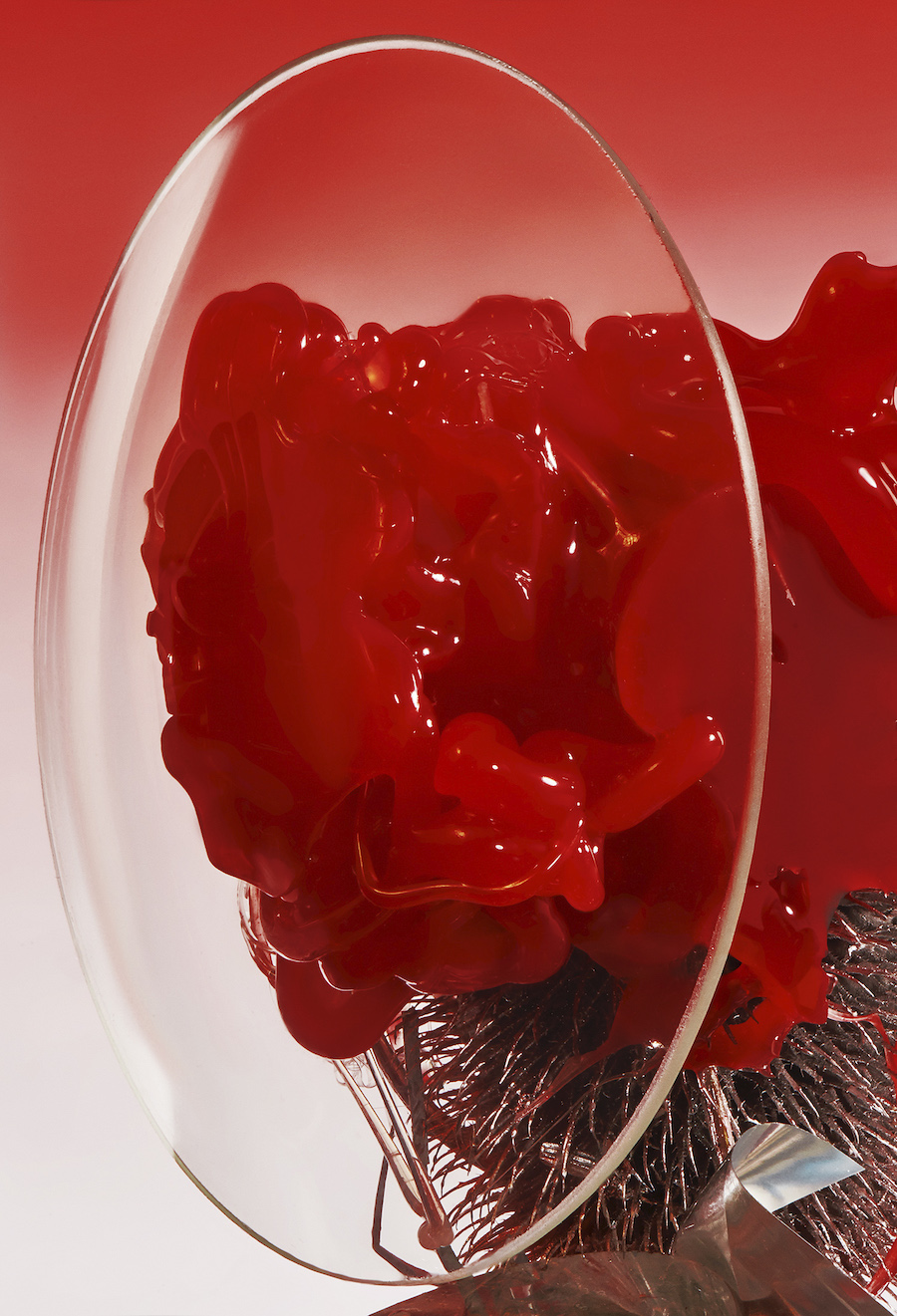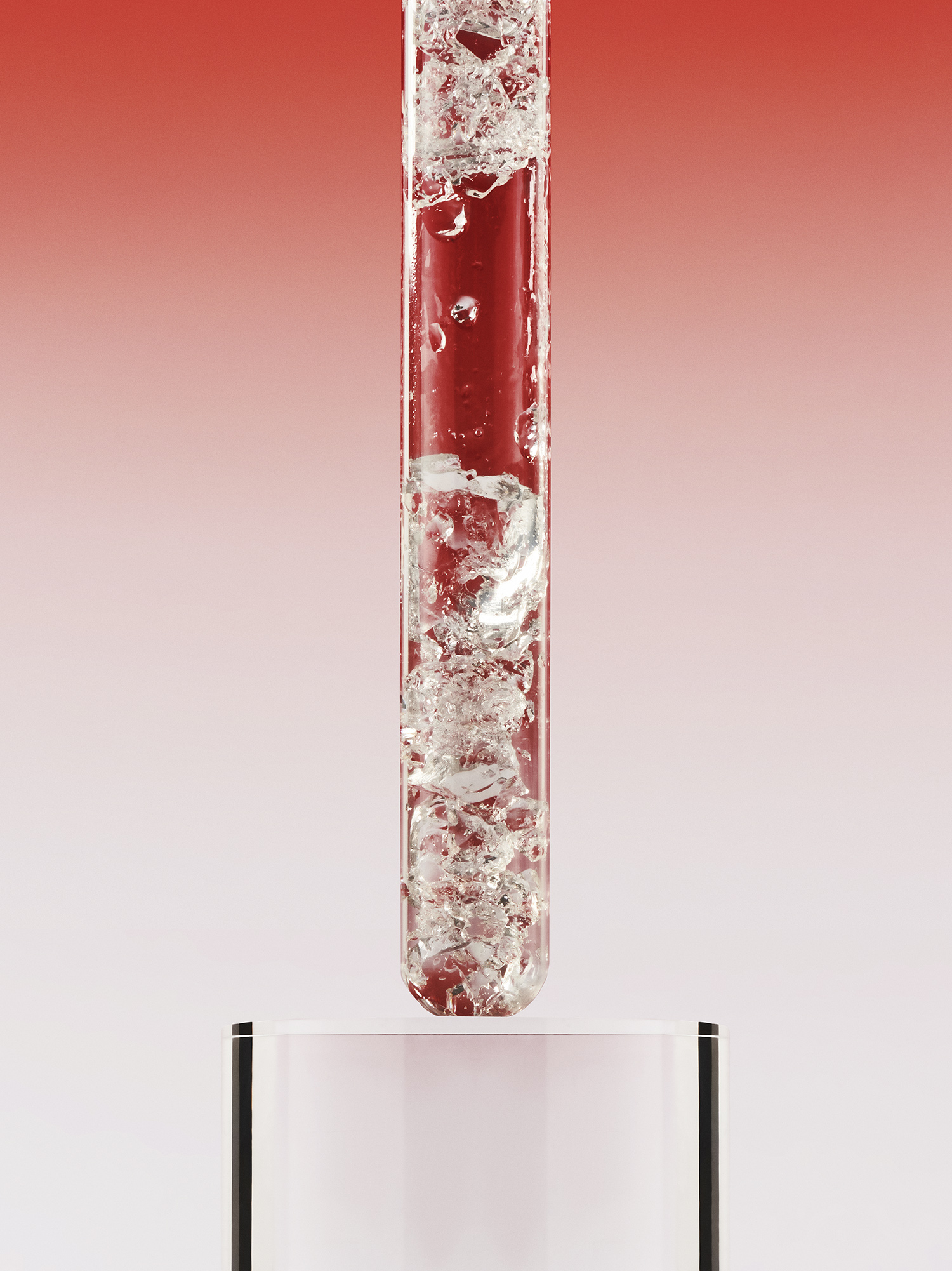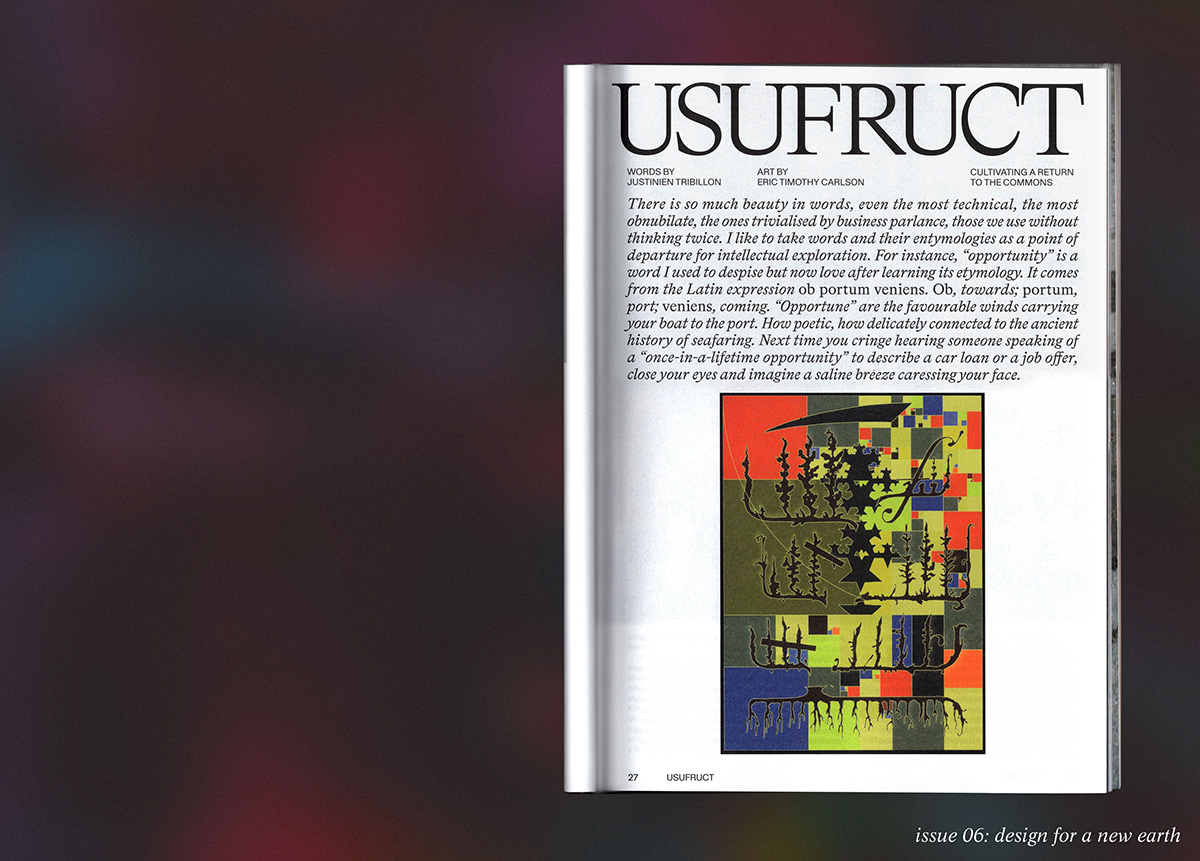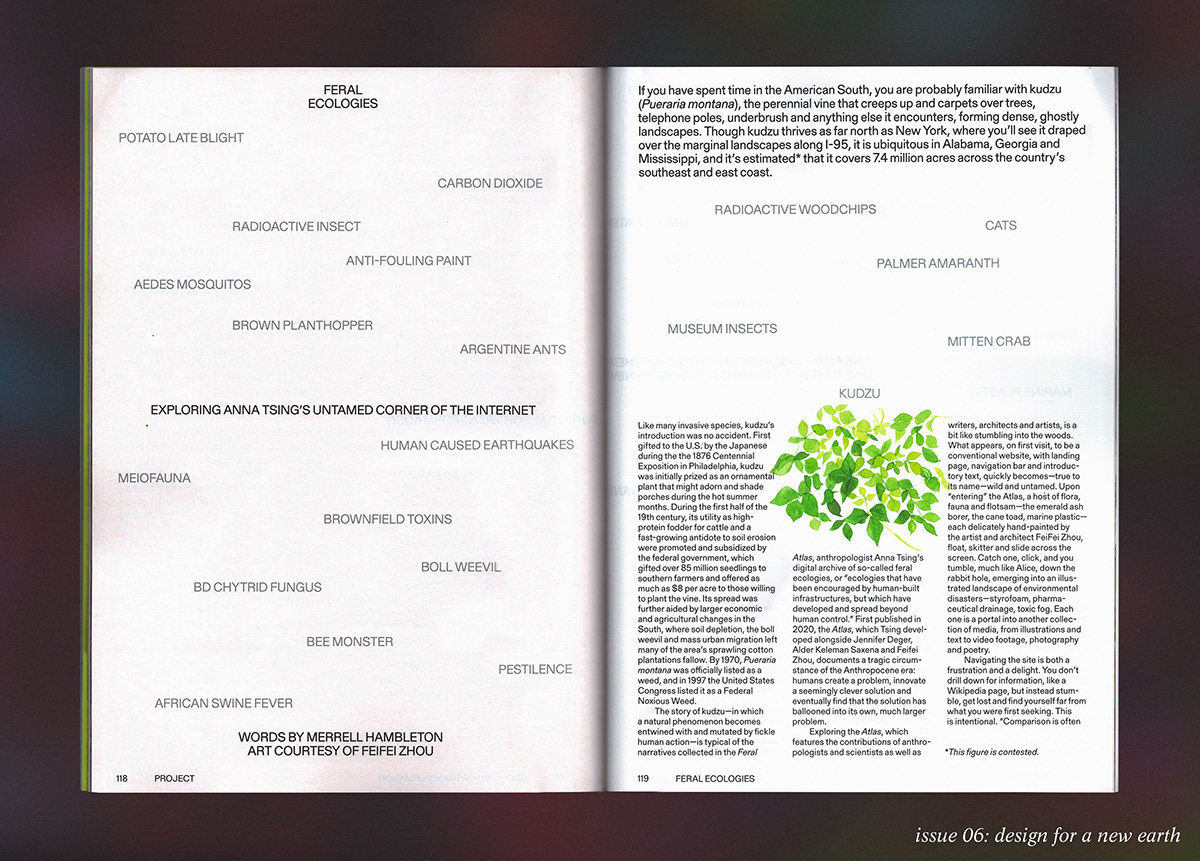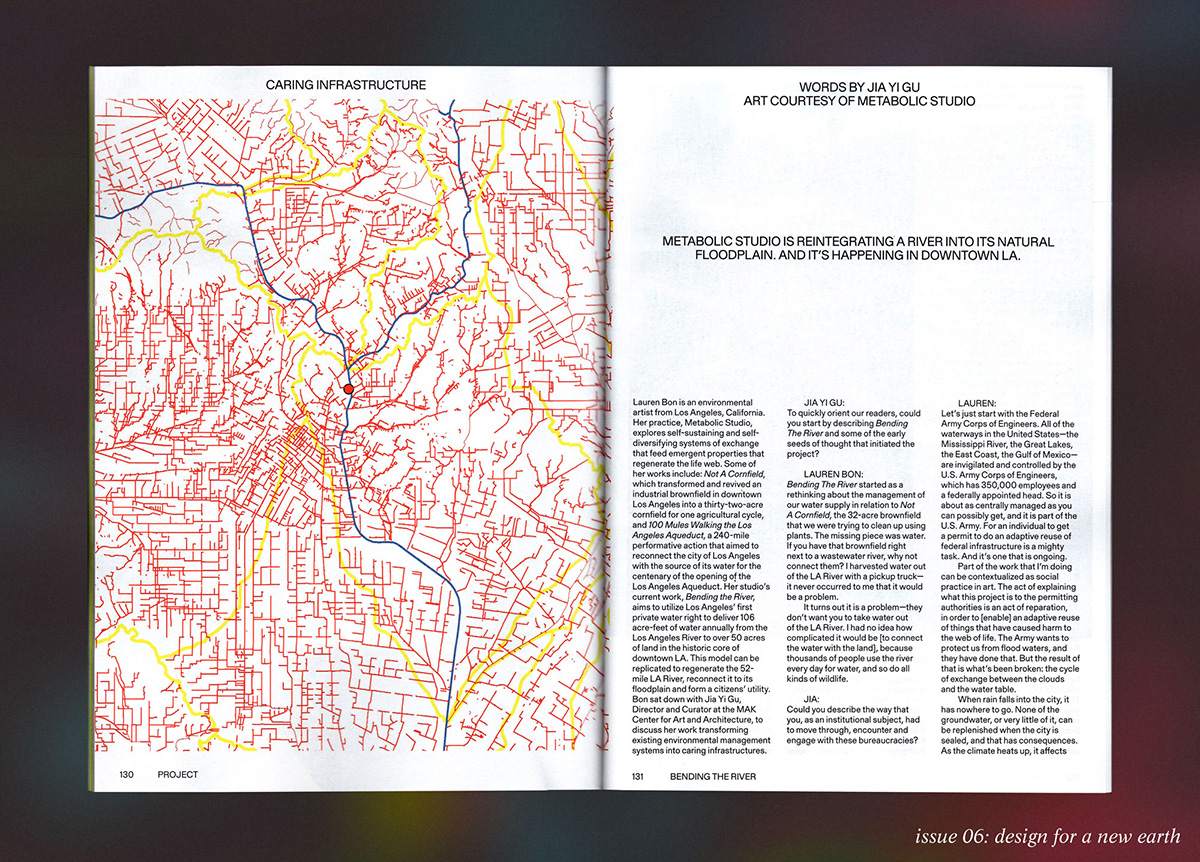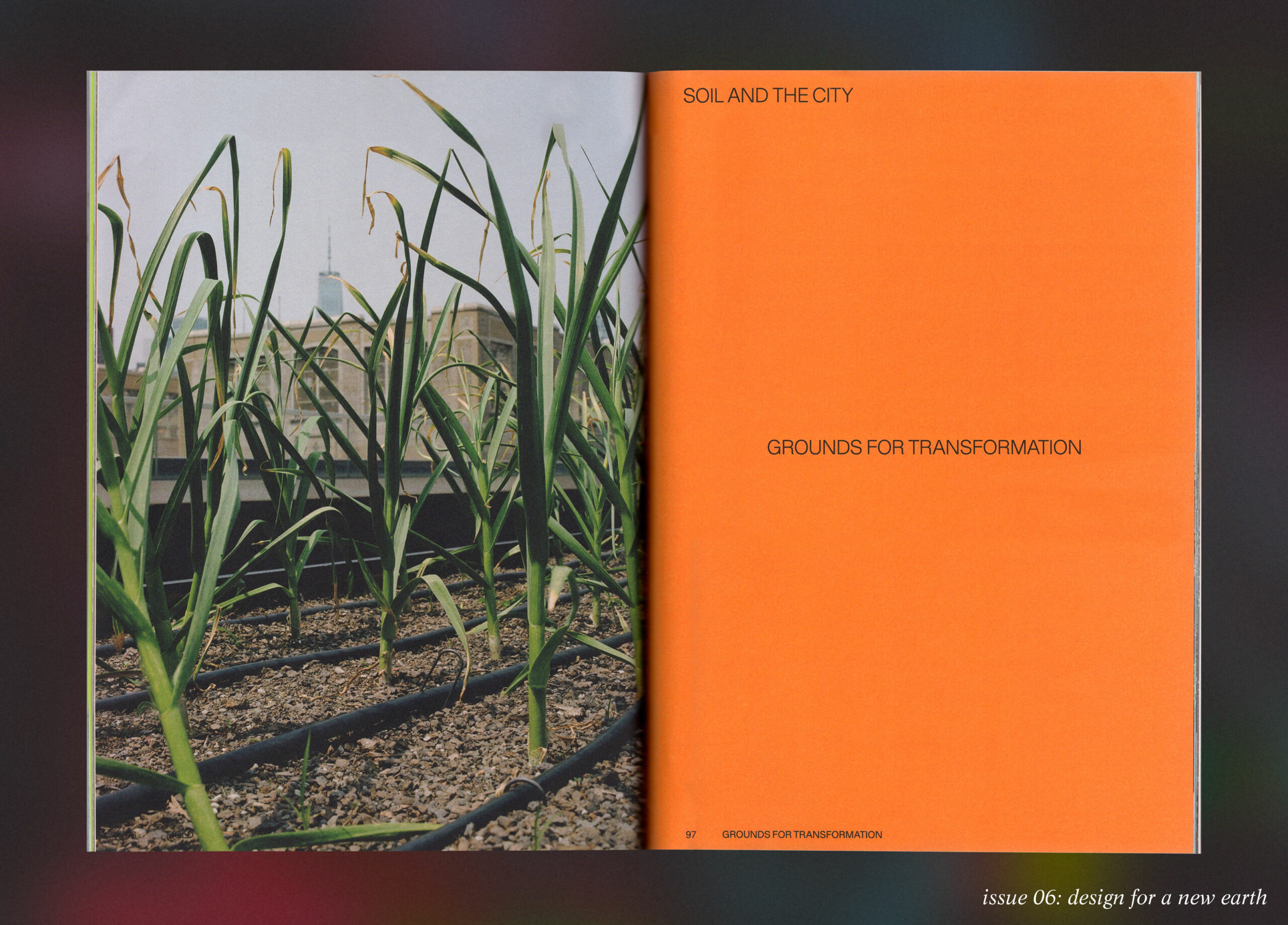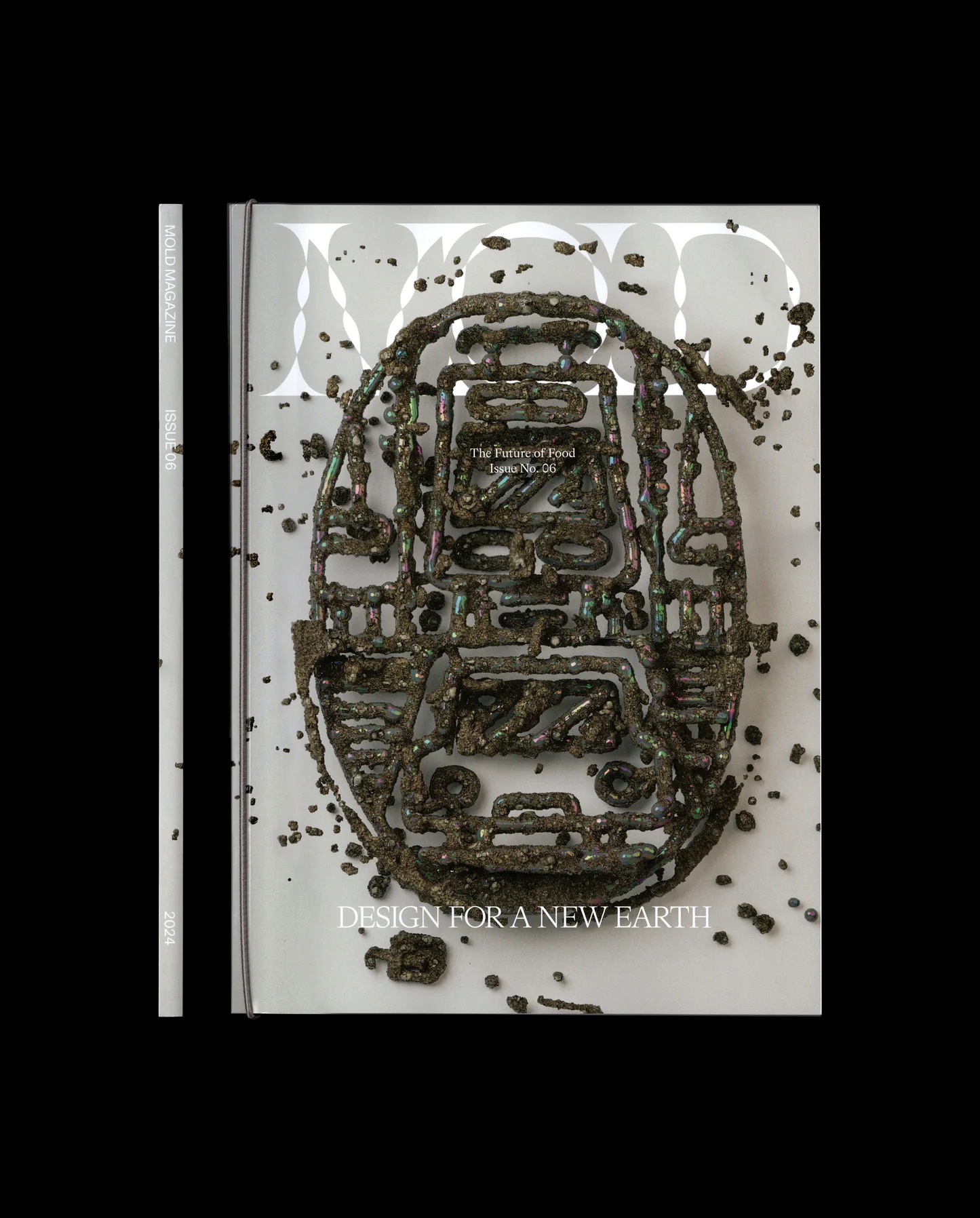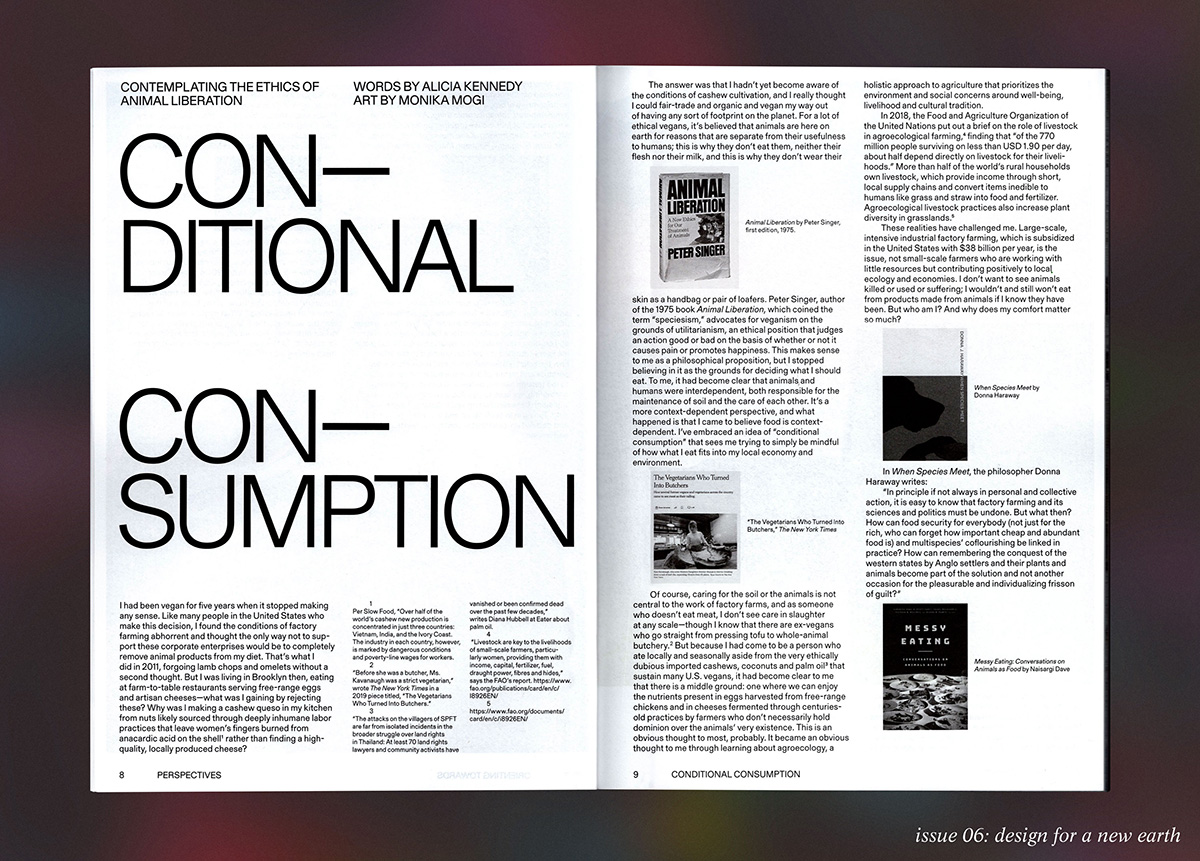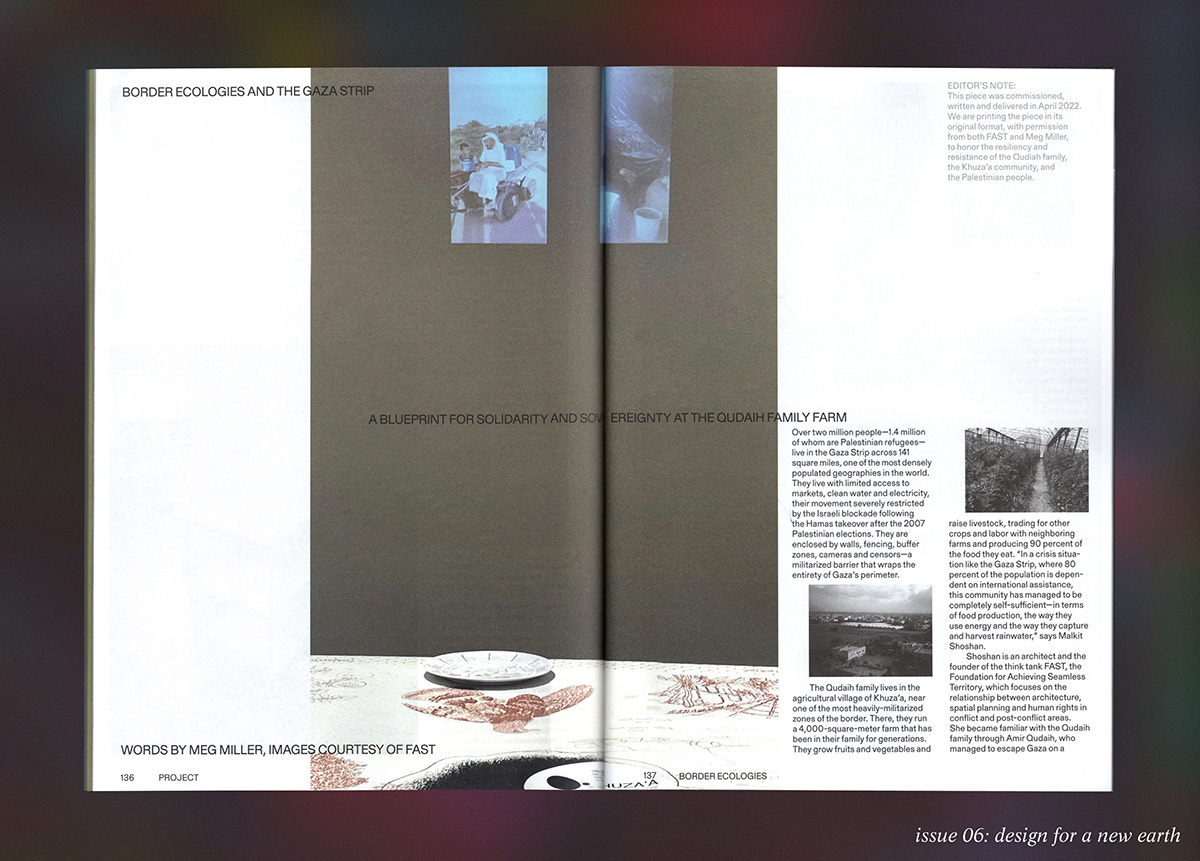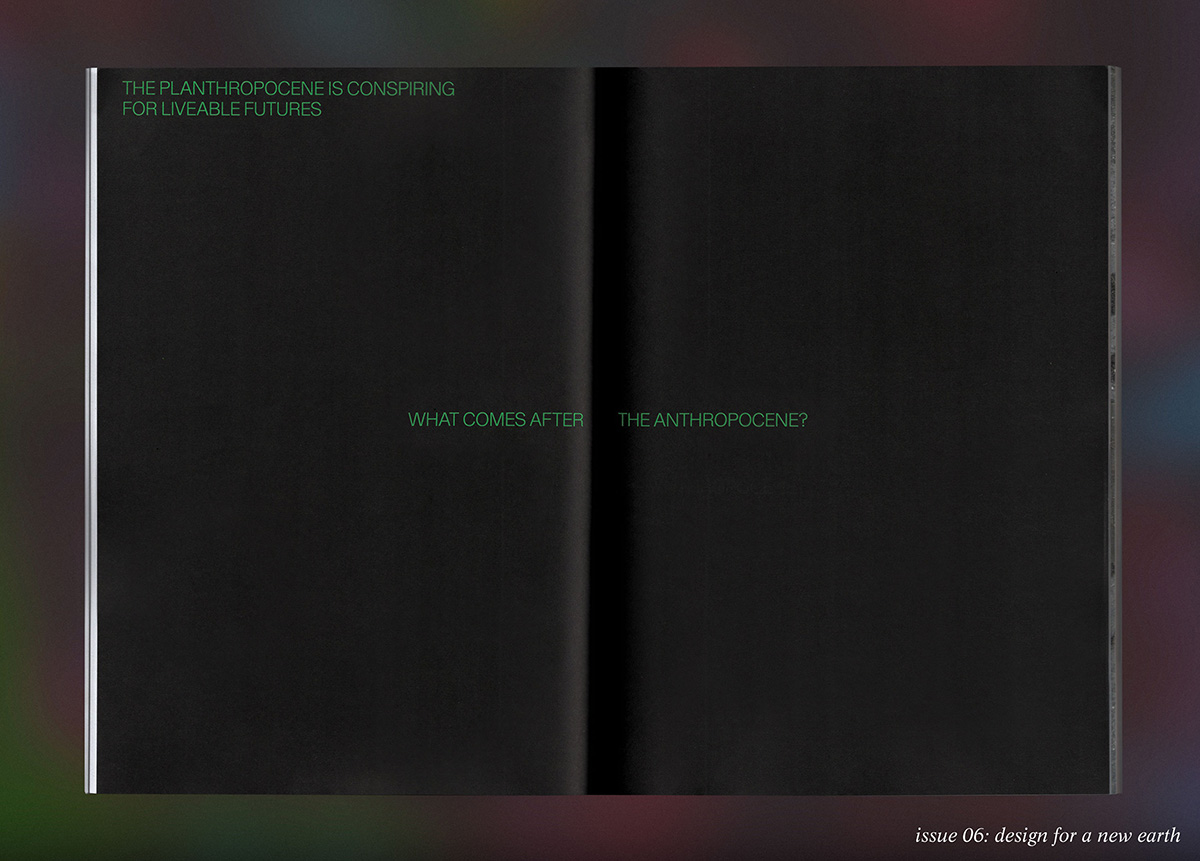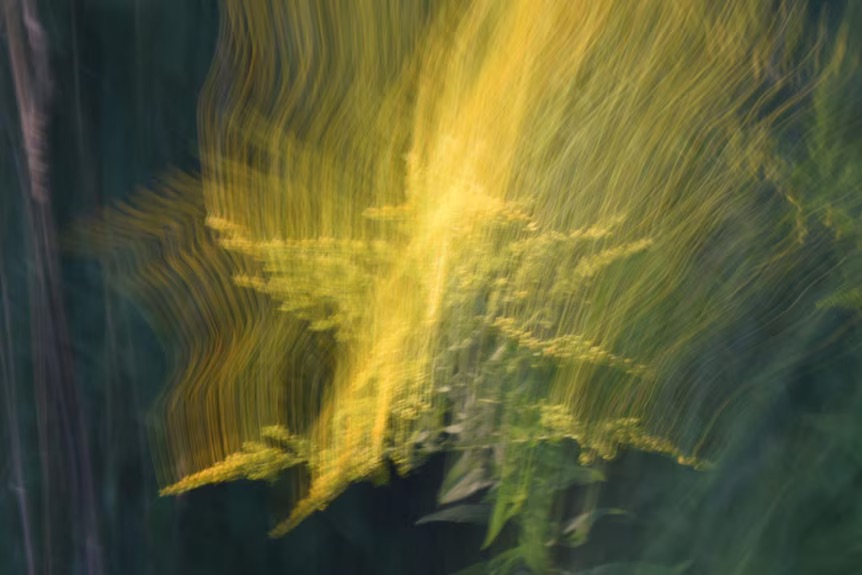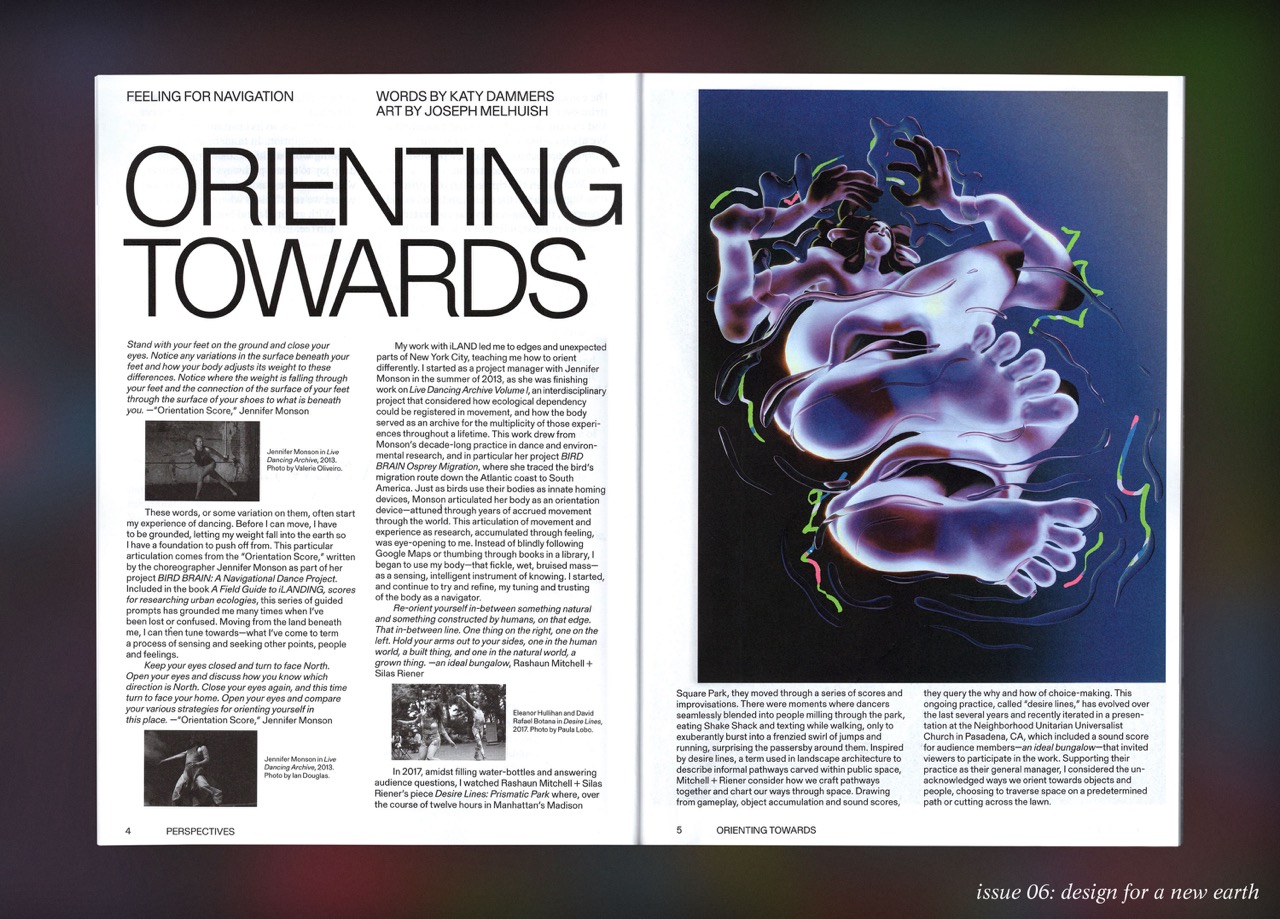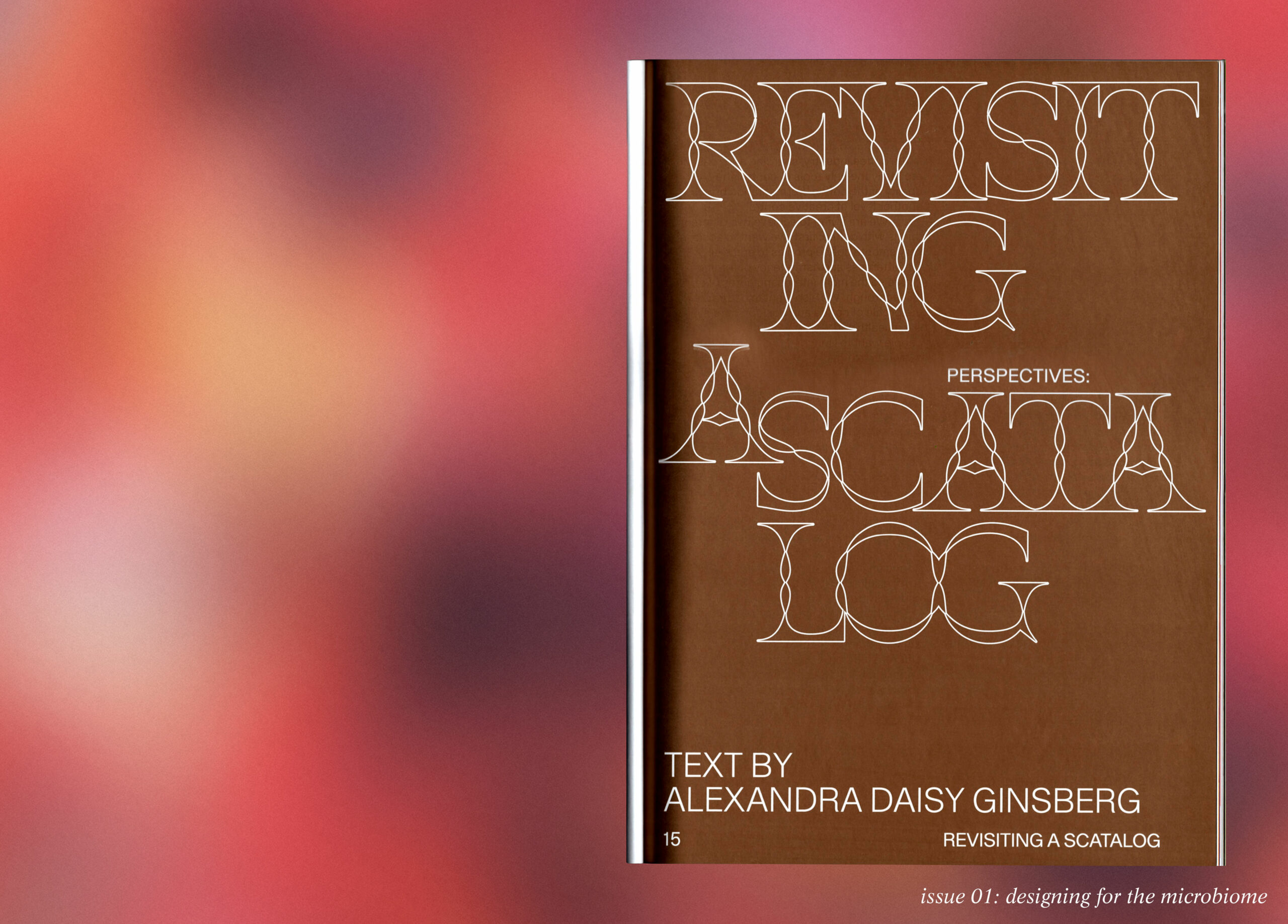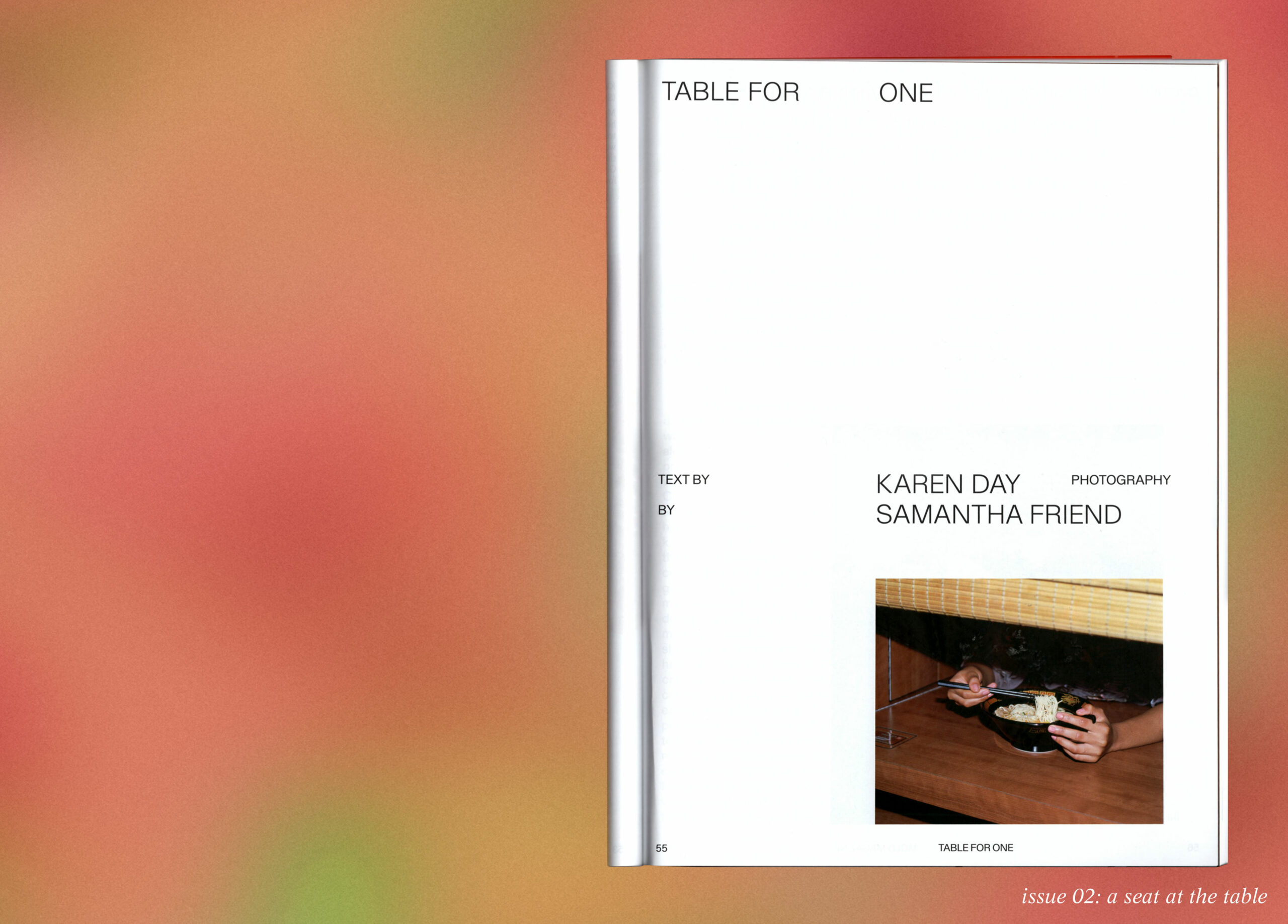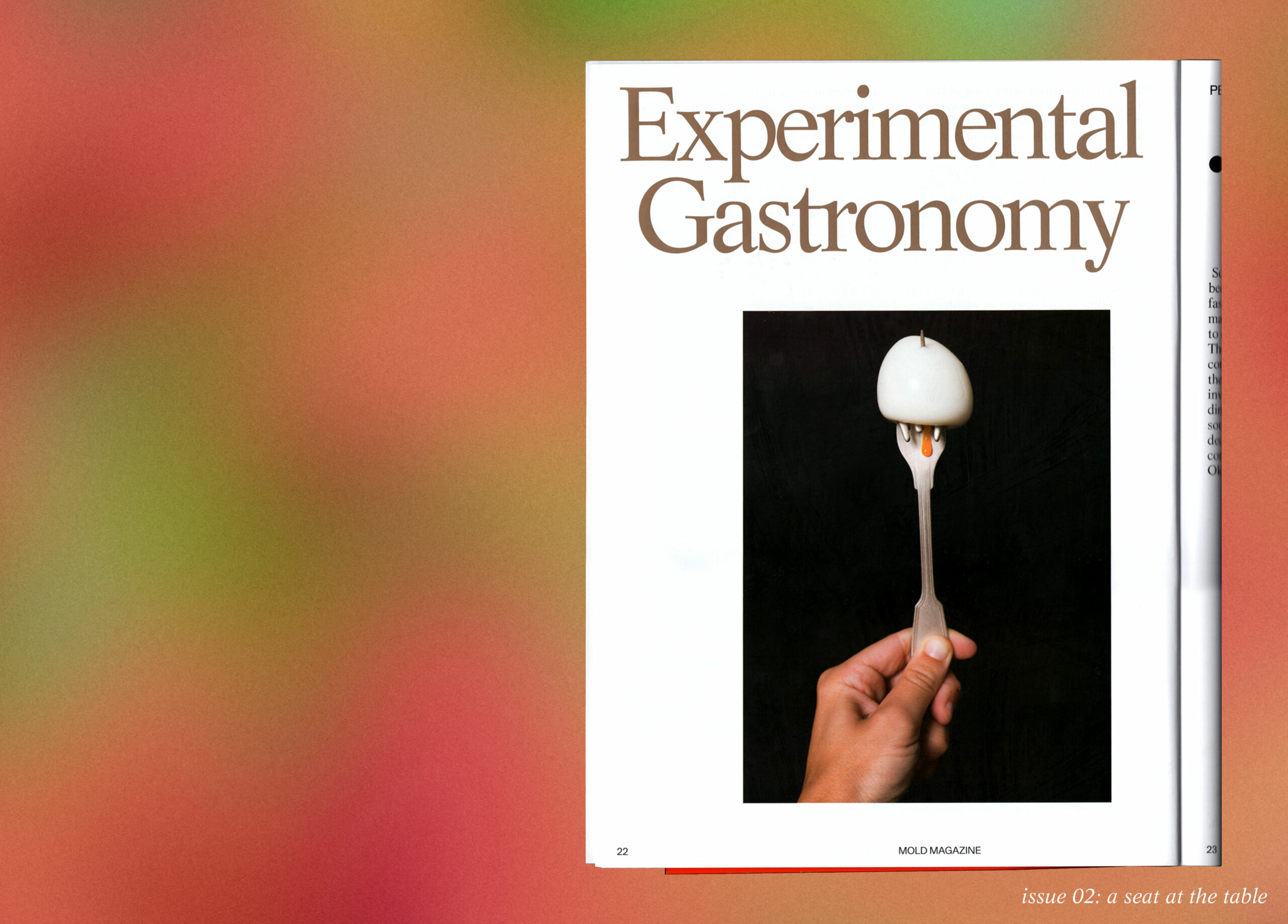This story is part of MOLD Magazine: Issue 04, Designing for the Senses. Order your copy of the full issue here.
“Growing meat in a lab” is a curious turn of phrase. Just what does it mean? The expression conveys a science-fictional idea that has become less startling and more familiar ever since 2013, when Dr. Mark Post of Maastricht University unveiled the world’s first laboratory-grown hamburger. Like many phrasings, the more frequently we share it, the less often we question its content. The idea of producing meat without slaughtering animals is, of course, sensationalistic enough to garner millions of page-views for online newspapers and magazines. It is loaded with promise: “cultured meat,” as it is sometimes called, has champions who hope that it will replace conventional animal agriculture and thereby eliminate the negative environmental and moral effects of breeding, raising, slaughtering and eating animals en masse. These champions describe industrial meat as a civilization-scale evil, one that rests on the suffering of billions of creatures, and they offer a technological solution, one that would “grow” animal cells almost as if they were plants. As of this writing, there is still no hard evidence that cultured meat will succeed, either as a technology or as a consumer product—the hype travels faster than the reality—but there is still much to learn from the discourse surrounding cultured meat.
When we say “growing meat in a lab,” we perform an elision with important consequences. First, we conceal the element of design and artifice in the creation of laboratory-grown meat. After all, we cannot, at least at this time, simply relocate the growth of animal parts to in vitro laboratory conditions, as if you could grow the contents of a butcher’s case if you had the right starter cells, as if a steak were an eggplant, growing from seeds. The phrase “growing meat in a lab” obscures design decisions that range from the choice of what type of meat to make to the kind of scaffolding on which cells will grow in a device called a bioreactor (which itself needs to be designed), to the type of growth media which will bathe those cells, supplying them with their metabolic needs. And second, we ignore the basically skeuomorphic character of cultured meat, or in other words, the arbitrary rather than organic relationship between cells grown in a laboratory and the physical shapes into which they are then molded, in imitation of familiar pieces of meat. In a world of laboratory-grown meat, pork chops and steaks would be a form of culinary anachronism. Even fried chicken nuggets might seem strange, a gesture at a past form of industrial animal protein intended to dress up and conceal the cheap meat scraps used to make it.
The term “skeuomorphism” is readily illustrated but awkward to define without examples. Fortunately, examples are everywhere: smartphone and tablet users carry skeuomorphs in their pockets in the form of software that mimics physical shapes, such as a compass or pocket calculator, or pages that turn as if they were the pages of a book. The Greek roots of the word are as follows: “skeuos,” or “container,” and “morphe,” or “shape,” and its common meaning is: objects defined by a shape that material fills as if the shape were a container but without a necessary relationship between the material and the shape. Skeuomorphs are occasioned by a shift in materials used by designers, makers and builders: the small square protrusions seen under the cornices of classical buildings, called “dentils,” are thought to derive from a transition in Greek architecture from building with wood to building with stone. The dentils are the physical echo of wooden cross beams. Vegetarian sausages based on tofu or other forms of plant protein are skeuomorphs, extruded into a shape that is itself derived from stuffed animal intestines; in a weirder way, so are certain fast food meat products, such as the McDonald’s McRib, which consists of meat parts pressed into a meat shape. An internet search engine charged with finding references to skeuomorphism, however, is more likely to turn up the story of skeuomorphic design at Apple because of lively and public debates about whether Apple should present users with a working environment modeled upon non-digital experiences—a desktop with folders, for example. Cyberspace is filled with the echoes of meatspace, even as the future of meatspace may be informed by cyberspace images. They form a cycle of immaterial and material things.
Some proponents of cultured meat understand it as just one product of a new category of biotechnology: “cellular agriculture.” Still speculative, still in its research and design phase, cellular agriculture aspires to replace products derived from animals, ranging from milk to eggs to meat to gelatin, with new products grown in vitro. If cellular agriculture displaced conventional animal agriculture, we would be left with a series of products produced via tissue culture techniques and transformed into the shapes of products taken from living animals, not unlike dentils. But this creates a truly strange scenario. Whereas a tofu hot dog is skeuomorphic despite there being no natural relationship between the material out of which it is made and the shape into which that material is pressed, a cultured pork chop would be a skeuomorph because pig cells have been grown in a tissue culture instead of growing in a pig and only subsequently shaped into a chop formation. The organic relationship between material and form, in other words, would be removed from the process of biotechnological innovation. Organic shapes would become—oddly—arbitrary and conventional. And whereas a tofu hot dog is necessarily skeuomorphic, the skeuomorphism of a cultured pork chop is weirder because it begins not with soy proteins but with pig cells, taking the long way around to arrive at a shape the porcine body might have produced.
Shortly after the turn of the twentieth century, the Viennese architect Adolf Loos gave a talk entitled “Ornament and Crime” in which he praised the unornamented products of modern design. Ornament, he asserted, was a sign of primitivism, even of barbarism and criminality. The progress of civilization, Loos proposed, could be measured in the progressive abandonment of ornament by each generation, sometimes facilitated by new building materials that did not lead to unnecessary—we might say dentil-like—decorations. And Loos argued that the form of objects ought to follow from the material out of which they were made; in this he anticipated the later work of Louis Kahn, who spoke of asking a brick, “What do you want, brick?” Kahn thought that materials possess a stubborn suitability to a particular form and not to others. He imagined the brick replying, “I like an arch.” Loos’s and Kahn’s respective approaches to architecture push hard on the question of the nature of building materials. The skeuomorph, for either of them, might be a sign of a mismatch between material and execution, of a failure to understand the potentials of new building materials. It is easy to imagine that skeuomorphic, tissue-cultured meat would look strange from a Loosian perspective, displaying a fierce attachment to organic form in a post-organic age.
As many of cultured meat’s own architects have suggested, there are good reasons to try to make pieces of cultured meat that mimic the form and properties of conventional meat. The most important of these reasons is consumer acceptability; for cultured meat to have its desired impact, it must replace conventional meat, and this means that consumers must buy and eat it. The would-be creators of cultured meat by and large assume that it must emulate familiar pieces of meat in form, taste, texture, smell and so forth, not to mention price and nutritional value, so that it can simply “slot in” as a replacement for its conventional antecedent, just as many meat substitutes have done ever since soy protein was molded into the shape of chicken. But this substantially raises the technical bar for cultured meat. It is comparatively easy to grow a single layer of cells in a tissue culture flask; it is much harder to grow a “thick” tissue, particularly one that displays the striations of complex animal muscle, or the layers of fat found in beefsteak. Perfectly mimetic (which in this case also means skeuomorphic) cultured meat would require technical refinements at the level of the bioreactor in which it would be created, refinements that include a vasculature system capable of transporting nutrients to cells throughout thick tissue. Mimesis is harder than looking at a tissue culture and asking, “What do you want, cells?”
Part of what is odd about cultured meat and meat alternatives’ emphasis on skeuomorphism is that it coincides with a great industrial and post-industrial divide regarding the proper form of different foods: a turn toward “whole” foods, including animal body parts, for some consumers and an opposite turn toward increasingly molecularized foods divorced from organic forms (such as the meal replacement beverage Soylent) for others. The relationship between the shape of foods and their nutritive properties has become strained. A 2014 art project entitled The In Vitro Meat Cookbook, created by the Amsterdam-based Next Nature Network and released at a public event exactly one year after the unveiling of the first cultured beef hamburger, illustrates the way cultured meat floats between mimesis and novelty. The book depicts steaks on the one hand, and translucent “sashimi” that looks like Jell-O on the other; hamburgers, but also “meat flowers” that would unfold in broth. The juxtaposition compels us to ask what it means to hold onto the form of the animal body if laboratory-grown meat (potentially, hypothetically) could take on shapes dictated not by functional muscle anatomy but by human convenience. The fast answer of consumer familiarity seems almost like a dodge; after all, we already eat many forms of meat, such as chicken nuggets, that leave the animal body behind. What would it mean to turn flesh into a building material whose ultimate form is set by the conventions of culture rather than by the terms of the animal body? Meat would then become a sign of pure human will, and this is perhaps the dreadful thought from which the carnal skeuomorph protects us. The full meaning of “growing meat in a lab” starts to become clearer. The organic-sounding word “grow” hides the element of design in the creation of cultured meat. And this may be because there is something upsetting about design in the context of flesh, something uncanny about the idea that molding flesh is within our grasp.
